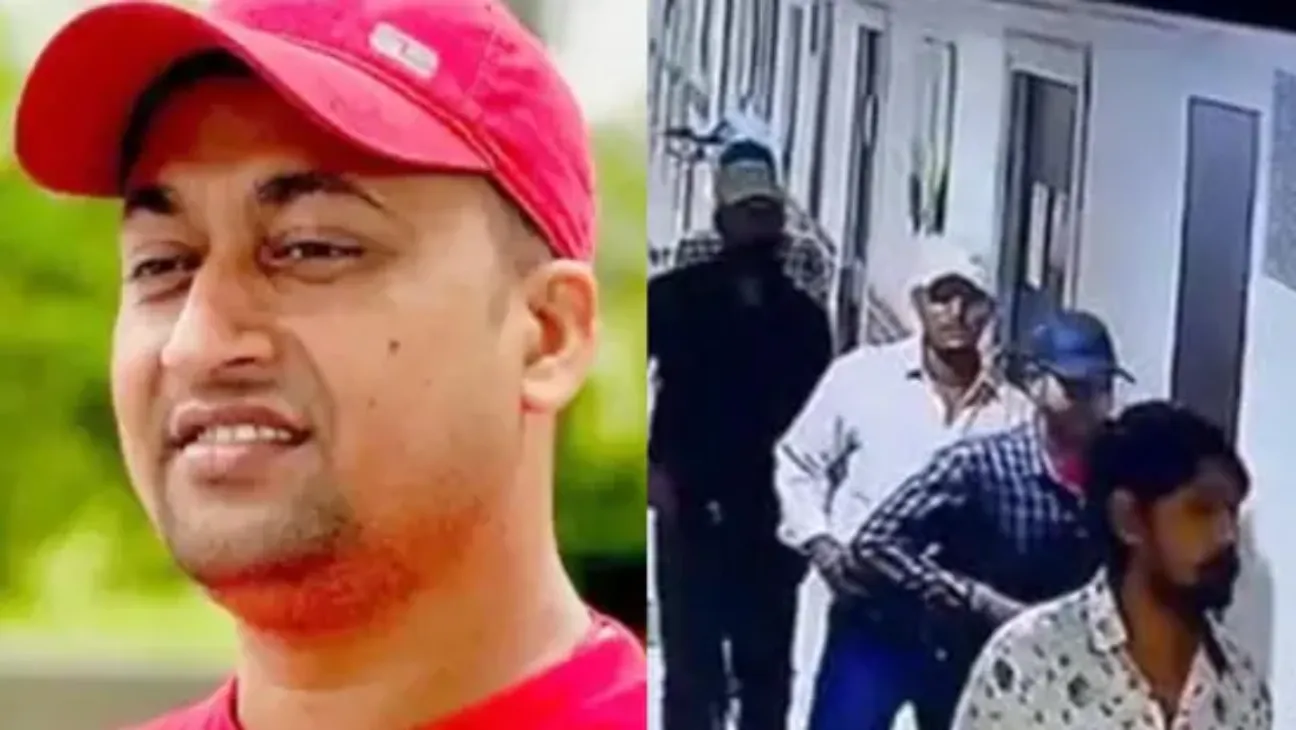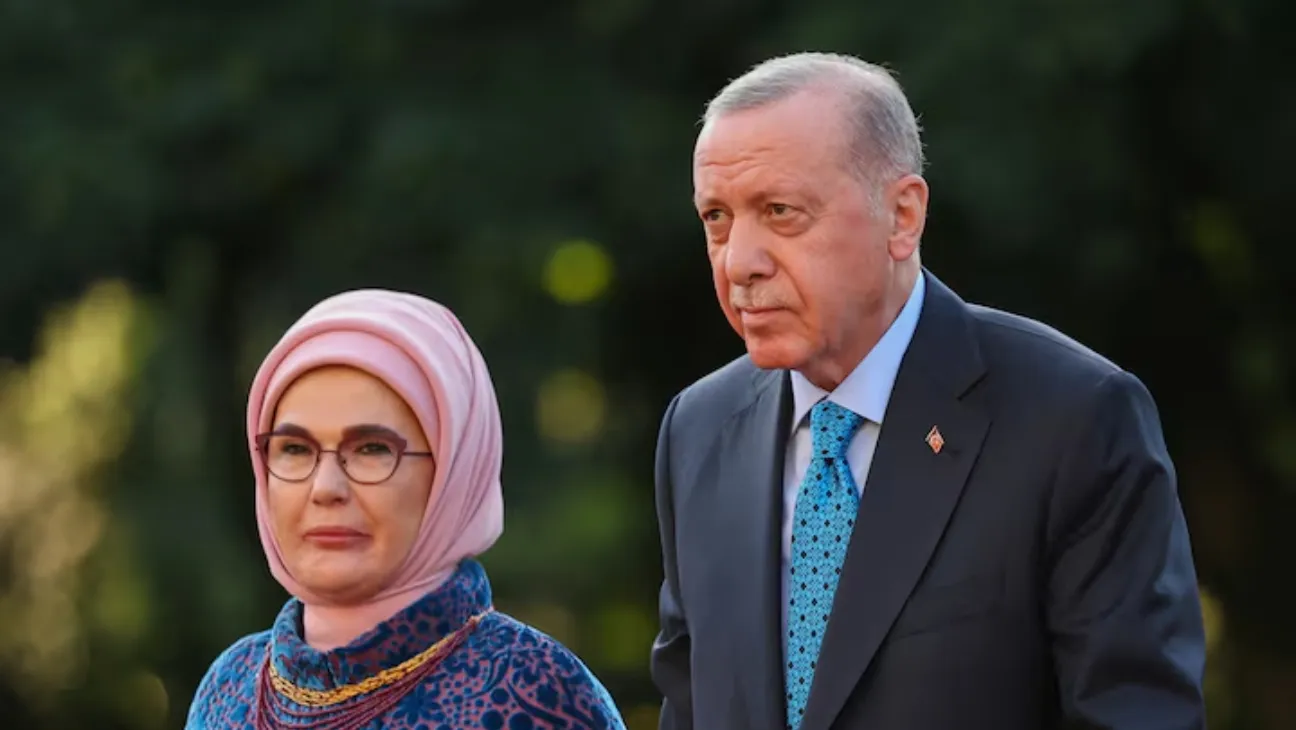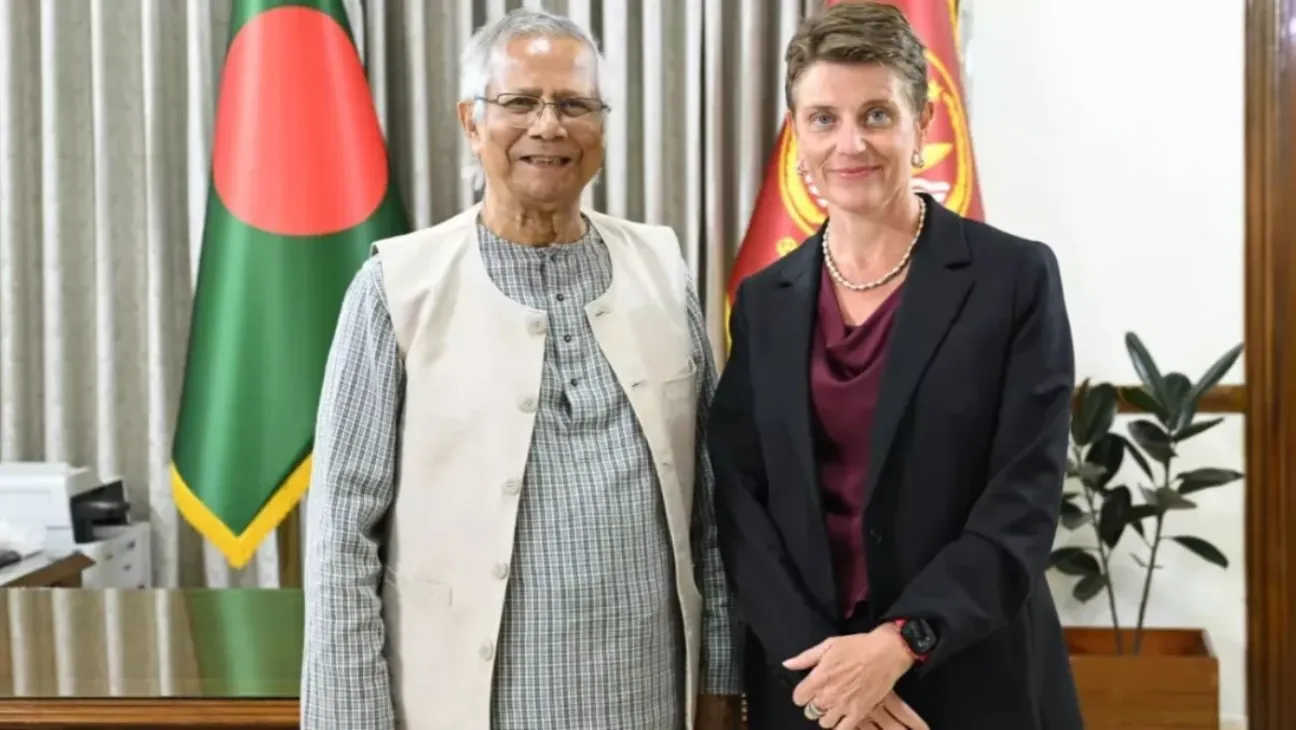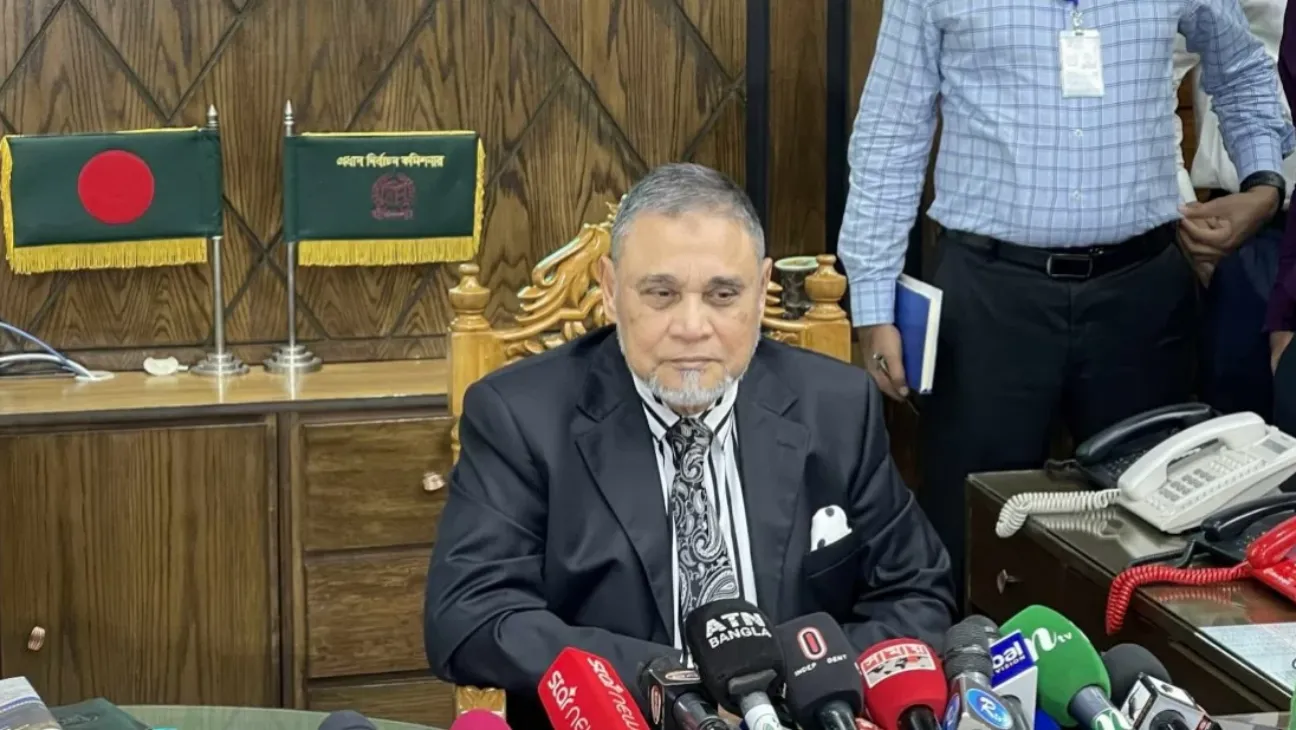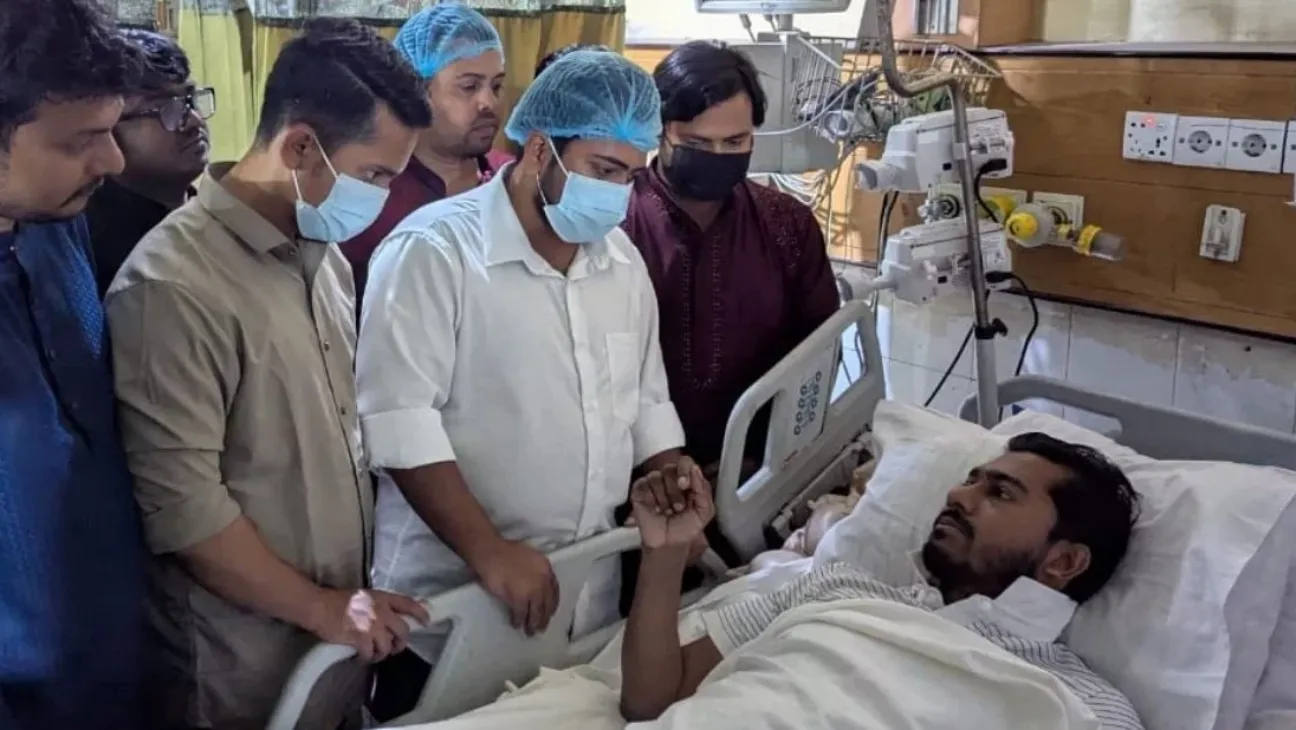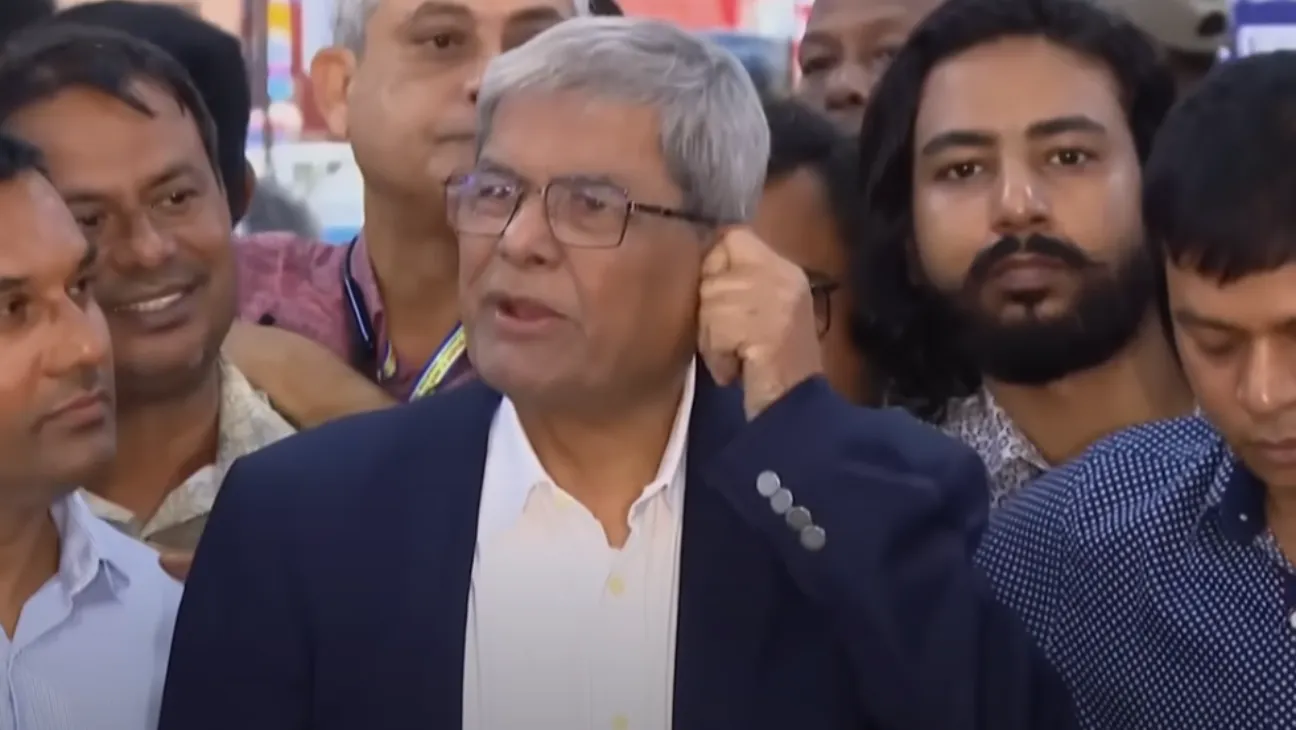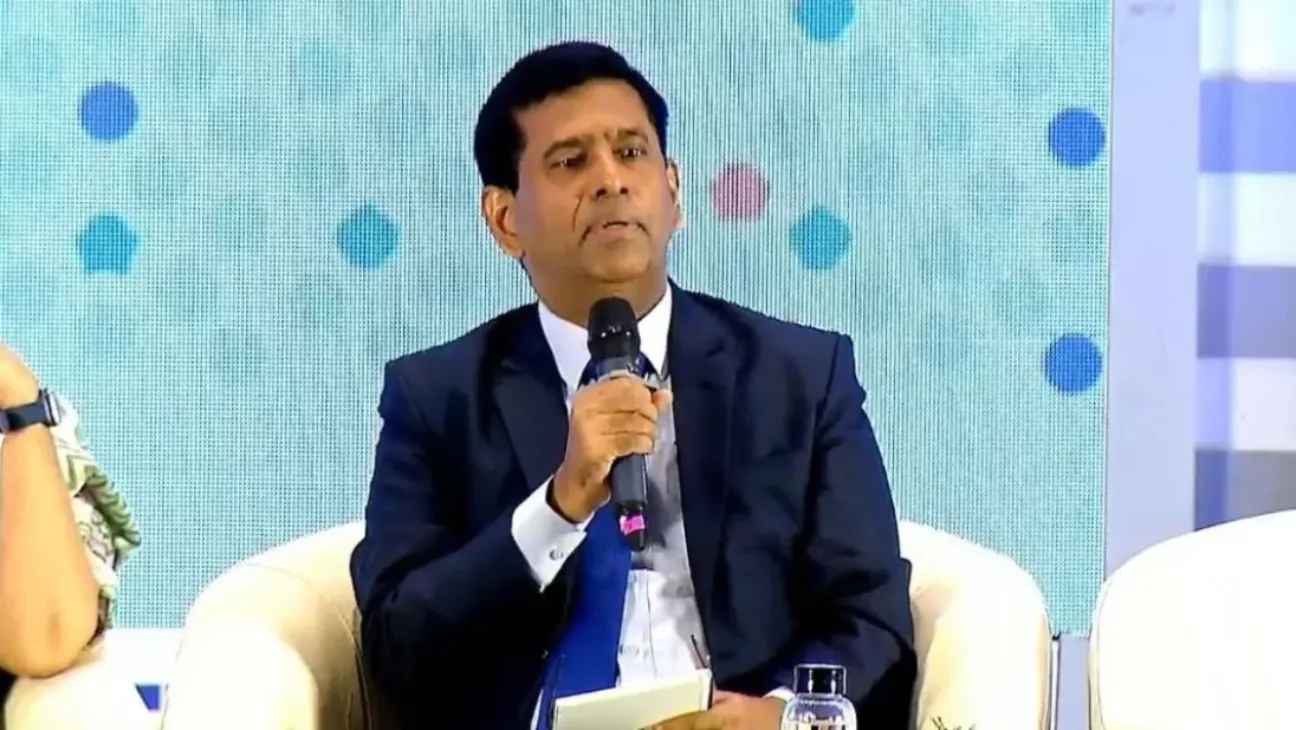A gangland hit played out inside a private Patna hospital on Thursday morning, leaving a convicted gangster dead. Police believe Chandan Mishra was the target of a planned assassination fueled by a bitter gang rivalry.
Mishra, who was already serving a life sentence, was on a 15-day medical parole at Paras Hospital when the gunmen struck.
A group of five men entered the hospital, walked straight to Chandan’s room, and opened fire. Multiple rounds were fired. The assailants left before security or police could respond.
The daylight shooting sent waves of panic through the hospital.
“Chandan Mishra, who was on parole, was admitted to Paras Hospital for treatment. He was shot by unidentified assailants inside the hospital,” said Patna Senior Superintendent of Police Kartikey K Sharma.
Officers recovered several bullet casings from the scene. No arrests have been made so far.
According to Inspector General Rana, initial findings suggest this was a targeted killing. “Prima facie, it seems to be an instance of gang rivalry. The murder was likely planned and executed after a recce,” he said.
Police are reviewing CCTV footage from the hospital’s reception, entry and exit gates, and hallways. A forensic team and a dog squad have also been deployed.
Chandan had been convicted in the 2011 murder of a local trader, Rajendra Keshri. He was initially sentenced to death but the Patna High Court commuted it to life imprisonment on February 12, 2020.
He was lodged at Beur Central Jail and was due to return on July 18. That never happened.
This was a man with a long and violent criminal history. Police had linked him to more than 20 serious offenses over the last ten years—murder, armed robbery, bank heists, you name it. He was also a key associate of Santosh Singh, one of the region’s most wanted gold robbers.
Chandan was first arrested in 2014 by the Special Task Force in Kolkata. Since then, he was moved between multiple jails including Buxar, Bhagalpur, and eventually Beur.
Despite being behind bars for years, his name continued to surface in crime reports.
This killing, while shocking in its location and brazenness, doesn’t surprise many familiar with Bihar’s long history of gang conflicts. The pattern repeats itself: old rivalries, unfinished business, and little protection even in custody.
The investigation isn’t over. Police are tracking the suspects and trying to understand how a hospital became so vulnerable.
No group has claimed responsibility. But within Patna’s crime circles, few are asking why—it’s mostly about who got to him first.

